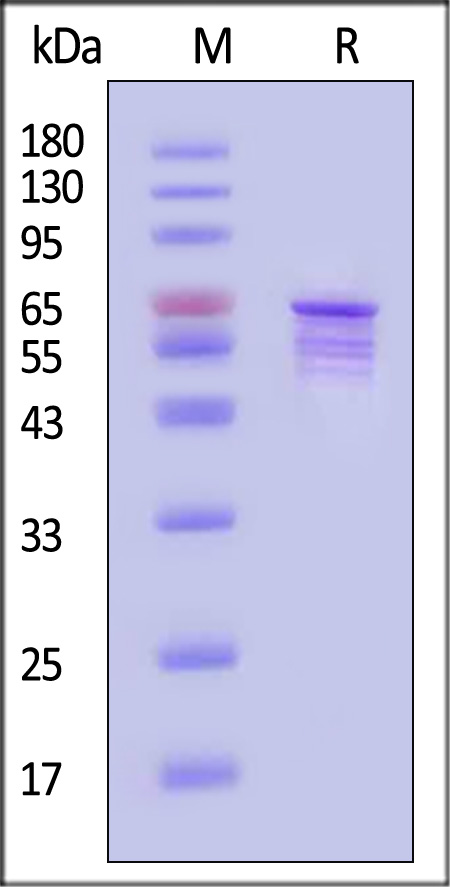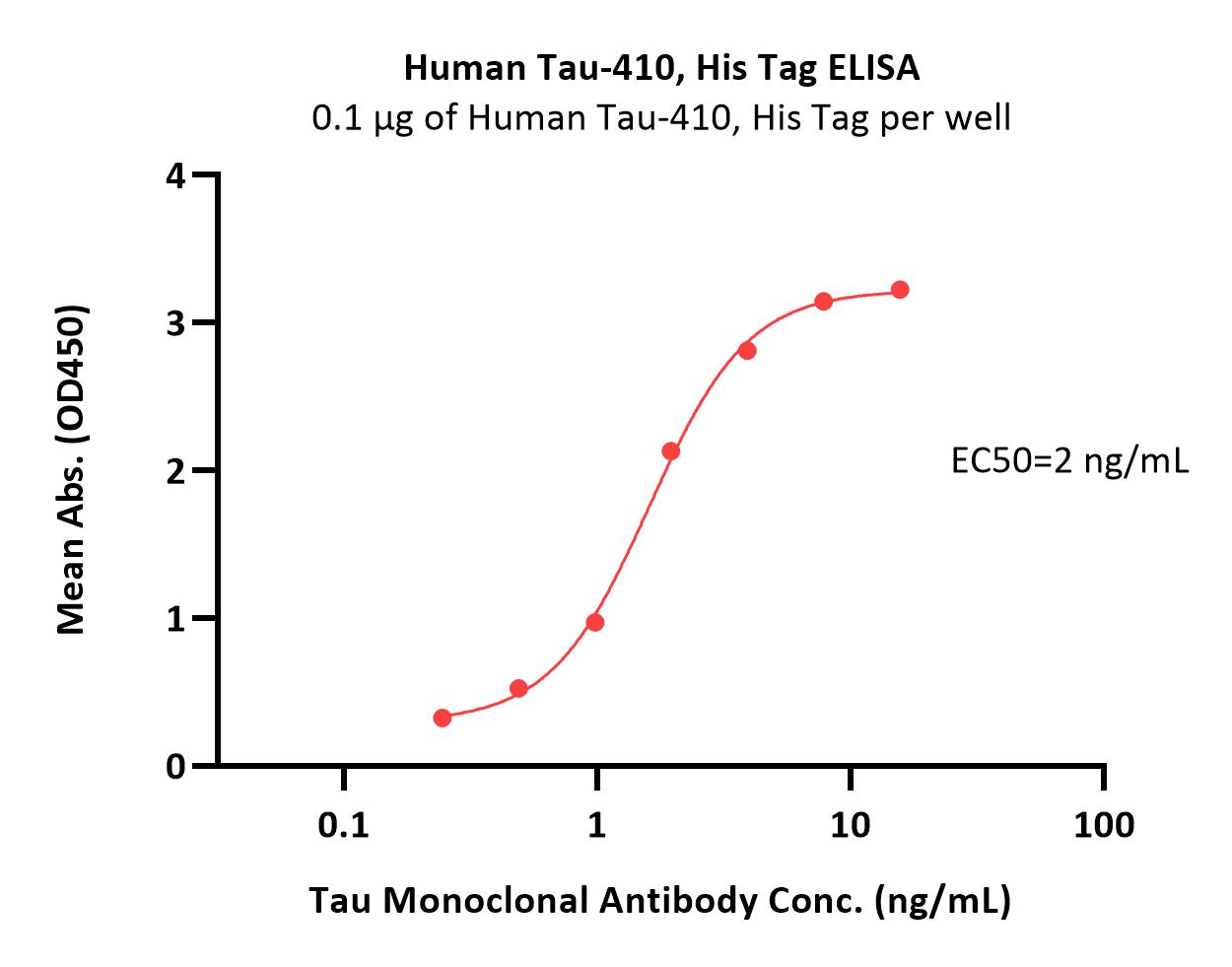Metformin Improves Spatial Memory and Reduces Seizure Severity in a Rat Model of Epilepsy and Alzheimer's Disease comorbidity via PI3K/Akt Signaling PathwayAlves, Rossi, de Oliveira
et alMol Neurobiol (2025)
Abstract: Emerging evidence suggests a bidirectional relationship between Alzheimer's disease (AD) and epilepsy. In our previous studies, we identified a partial AD-like phenotype associated with central insulin resistance in the Wistar audiogenic rat (WAR), a genetic model of epilepsy. We also found that intracerebroventricular administration of streptozotocin, a compound used to model diabetes and AD, exacerbates seizure susceptibility. Given the role of insulin signaling in both AD and epilepsy, we hypothesized that metformin (MET), an anti-diabetic drug known for enhancing insulin sensitivity, could be a potential therapeutic agent for both conditions. Our objective was to investigate MET's effects on brain insulin signaling, seizure activity, and AD-like pathology in WARs. Adult male WARs received oral MET (250 mg/kg) for 21 days. Audiogenic seizures were assessed using the Categorized Severity Index and Racine's scale. Spatial memory was tested with the Morris water maze (MWM), followed by Western blot analysis of hippocampal proteins. MET significantly reduced seizure severity and improved MWM performance. Although MET did not affect insulin receptor levels or activation, it increased phosphoinositide 3-kinase (PI3K), activated Akt, and increased glycogen synthase kinase-3α/β (GSK-3α/β) levels. MET also decreased amyloid β precursor protein (AβPP) levels but did not affect Tau phosphorylation. These results suggest that chronic MET treatment alleviates behaviors related to both AD and epilepsy in WARs and modulates insulin signaling independently of insulin receptor activation. Our findings highlight MET's potential as a therapeutic agent for managing comorbid AD and epilepsy, warranting further investigation into its mechanisms of action.© 2025. The Author(s), under exclusive licence to Springer Science+Business Media, LLC, part of Springer Nature.
Biomarkers in dementia disorders - a narrative reviewHasselbalch
Dan Med J (2025) 72 (3)
Abstract: With the introduction of specific or unspecific biomarkers, the diagnosis of dementia disorders has changed from a purely clinical to a biological construct. This review presents biomarkers for the most common neurodegenerative disorders. Specific biomarkers for misfolded proteins have been developed for Alzheimer's disease and dementia with Lewy bodies. Unspecific biomarkers for neurodegeneration, synaptic dysfunction and neuroinflammation may also be helpful in diagnosing or staging dementia disorders.Published under Open Access CC-BY-NC-BD 4.0. https://creativecommons.org/licenses/by-nc-nd/4.0/.
Diammonium phosphate supplementation in low-protein diets enhances growth performance in growing pigs without compromising carcass traits and meat qualityZeng, Xiao, Liu
et alJ Anim Sci (2025)
Abstract: Optimizing low-protein (LP) diets in swine nutrition is critical for reducing nitrogen excretion and resource waste, while reducing meat quality. However, LP diets may disrupt amino acid (AA) balance, affecting growth and health. Supplementing with non-protein nitrogen sources such as diammonium phosphate (DP) can enhance nitrogen utilization and support protein synthesis efficiently. This study aimed to investigate the effects of adding DP to LP diets on growth performance, organ indices, carcass traits, meat quality, and AA composition in growing pigs. Seventy-five barrows (Duroc × Landrace × Yorkshire) were randomly assigned to five dietary treatments: Pos Ctrl (CP: 13.50%), DP1 (CP: 12.00% + DP), DP2 (CP: 10.50% + DP), DP3 (CP: 9.00% + DP), and Neg Ctrl (CP: 9.00%). Each DP-supplemented diet aimed to maintain an essential AA nitrogen to total nitrogen (EAA-N/TN) ratio of 0.48. The pigs had free access to food and water for the 41-day experimental period, with body weight and feed intake were recorded monthly. After overnight fasting, pigs were euthanized, and carcass traits, meat quality, and organ indices were assessed. Blood, liver, and muscle samples were collected for analyses of plasma biochemistry, and AA profiles. The study found that feeding the DP2 diet resulted in the best growth performance, while the DP3 diet significantly improved ADG and G:F compared to the Neg Ctrl diet. The DP3 diet also significantly increase relative liver weight compared to the Neg Ctrl diet. Although no significant differences were observed in carcass traits or meat quality among the dietary treatments, the DP3 diet had a tendency to reduced plasma total protein levels relative to the Neg Ctrl diet. Feeding the DP3 diet did not alter the free AA profile in plasma and liver of growing pigs compared with the Neg Ctrl diet, and there was no effect between the different diets on the hydrolyzed AA profile in muscle. Furthermore, the DP3 diet significantly increased Tau concentrations in the longissimus dorsi muscle (LM) while significantly reducing Car levels compared to the Neg Ctrl diet. In conclusion, these results suggest that adding DP to the LP diet can enhance growth performance and improve meat flavor-related AA content without compromising carcass traits or meat quality.© The Author(s) 2025. Published by Oxford University Press on behalf of the American Society of Animal Science. All rights reserved. For commercial re-use, please contact reprints@oup.com for reprints and translation rights for reprints. All other permissions can be obtained through our RightsLink service via the Permissions link on the article page on our site—for further information please contact journals.permissions@oup.com.
Concentration-Based Analysis of Metal-Induced Tau Fibrillar versus non-fibrillar Aggregation: Implications for Neurotoxicity in Alzheimer's DiseaseIrandoust, Anbaraki, Dindar
et alChemistryOpen (2025)
Abstract: Tau protein aggregation is the most significant factor in Alzheimer's disease (AD) pathogenesis, and the accumulation of metal ions in the brain is considered a key factor in the development of this disease. Tau protein exhibits two distinct aggregate structures: fibrillar and non-fibrillar aggregates. In this study, we conducted the first detailed study of the interactions of tau protein with three different concentrations of Zn2+, Cu2+, and Fe3+ions. Our findings demonstrate that low concentrations (0.01 mM) of these metal ions promote tau fibrillation, while higher concentrations (1 mM) induce non-fibrillar aggregates. We have investigated the structural changes of tau by using advanced techniques such as SDS-PAGE, DTNB, AFM, CD and fluorescence spectroscopy. At low concentrations, Zn2+ ions produced shorter fibrils, whereas Cu2+ and Fe3+ ions resulted in longer fibrils. CD showed increased β-sheet structures with a decrease in random coil content. Interestingly, Cu2+ ions caused a significant decrease in neuronal viability. Our data highlights a new approach that illuminates the different ways in which the metal ions distinctively cause tau fibrillar versus non-fibrillar aggregates, linked to neurotoxicity and neurodegeneration.© 2025 The Authors. ChemistryOpen published by Wiley-VCH GmbH.



























































 膜杰作
膜杰作 Star Staining
Star Staining















